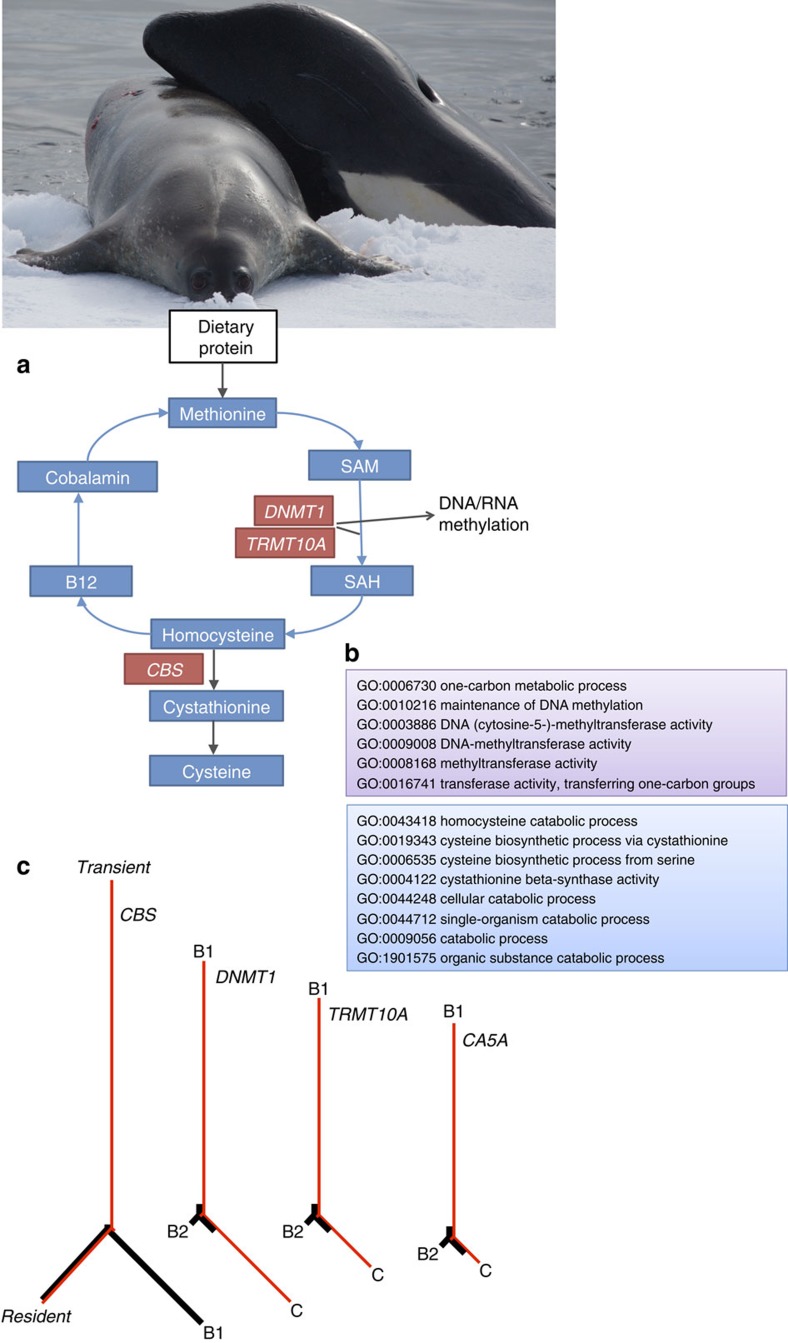Figure 5. Signatures of selection in mammal-eating ecotypes in genes that play a key role in the methionine cycle.
(a) Methionine is an essential amino acid that is obtained through dietary protein. The methionine cycle feeds into the folate cycle, and both are part of the complex and interacting network of pathways that encompass one-carbon metabolism44. Methionine adenyltransferase (MAT) then generates S-adenosylmethionine (SAM), which is then demethylated by the methyltransferases DNMT1 (ref. 68) and TRMT10A (ref. 69) to methylate DNA and RNA, respectively, and to form S-adenosylhomocysteine (SAH)68. SAH is converted to homocysteine, which is then catalysed by cystathionine β-synthase, an enzyme encoded by the CBS gene to cystathionine, which is then converted to cysteine68. Any excess homocysteine is re-methylated to methionine. Adapted and simplified from KEGG pathway map 00270. Genes that play a role in this pathway and with a signature of selection (top 99.9% PBS values) in either of the predominantly mammal-eating ecotypes (the transient or type B1) are in red boxes. The gene encoding the carbonic anhydrase CA5A, which plays a role in the larger one-carbon pathway, also had a signature of selection (top 99.99 PBS value) in type B1. (b) Boxes indicate GO terms associated with the biological processes within the methionine cycle that were enriched in genes with the top 99.9 (transients; blue) and 99.99 (type B1; purple) percentile PBS values. (c) Evolutionary trees underlying the signal of selection. Population-specific allele frequency changes are indicated by the FST-based (PBS values) branch lengths in these genes (red), which are overlaid on the genome-wide average branch lengths (black). The high (top 99.9–99.99%) PBS values indicate substantial changes in allele frequencies along the branches to the mammal-eating ecotypes. Differentiation in genes DNMT1, TRMT10A and CA5A was greatest between the mammal-eating type B1 and the fish-eating type C among the Antarctic types. (Photo credit of ‘dietary protein': Robert Pitman, SWFSC.)

